Kafrican
JF-Expert Member
- Jan 26, 2015
- 7,212
- 6,972
Kama ulivyosema hapo awali, sio lazima. Hayo yalikua ni maoni yangu tu!as if pemben ya hilo la dar kuna majengo marefu pemben.. anyway waambie trc waweke unachotaka..
Kama ulivyosema hapo awali, sio lazima. Hayo yalikua ni maoni yangu tu!as if pemben ya hilo la dar kuna majengo marefu pemben.. anyway waambie trc waweke unachotaka..
maoni ya kifalamanga as always!Kama ulivyosema hapo awali, sio lazima. Hayo yalikua ni maoni yangu tu!
We haujijui mbele Wala nyumamaoni ya kifalamanga as always!
watch the video idiot! i gave u the link!Still showing Pugu station!


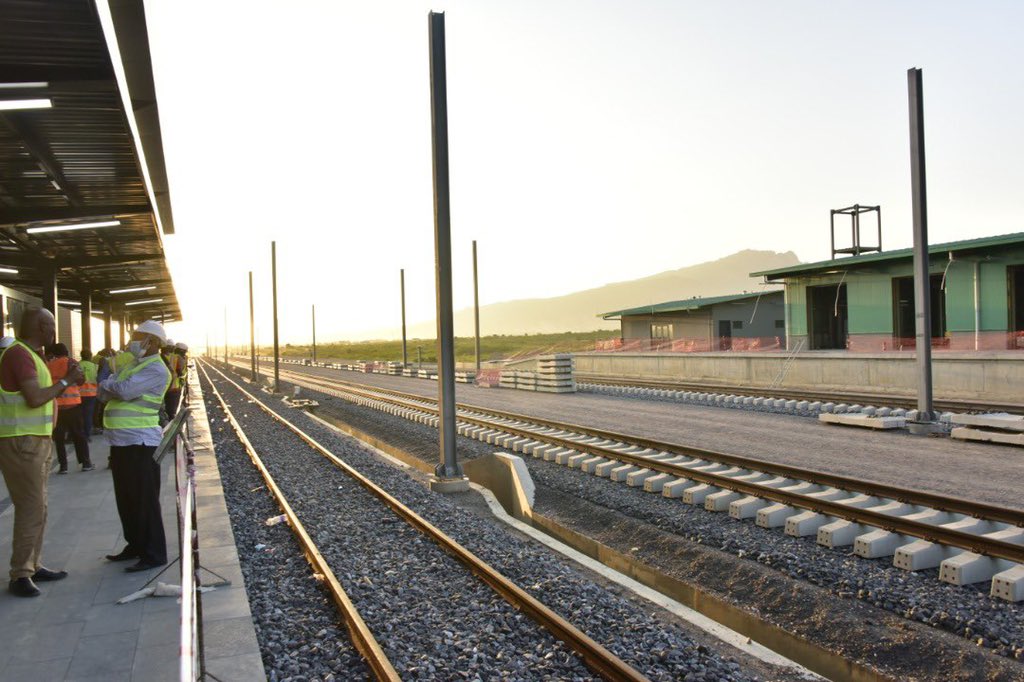
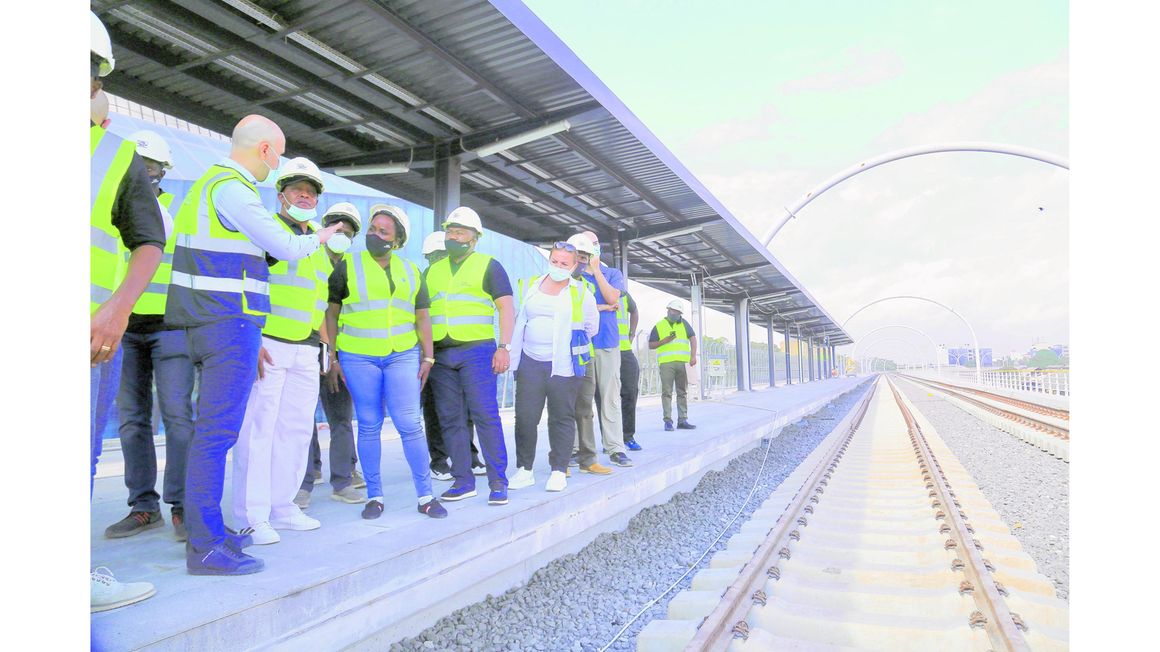

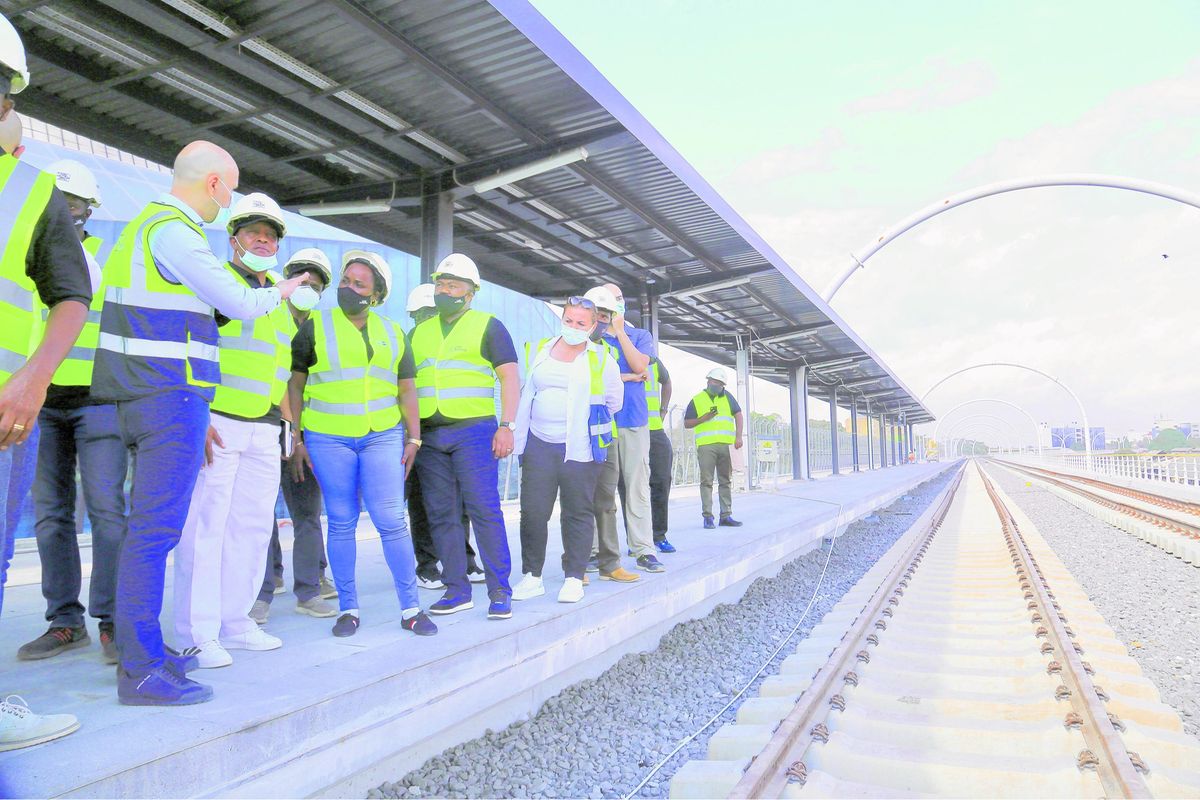
Waombeeni Ethiopia, kule kaskazini wako na vita vya Tigray Sasa mashariki waEthiopia wenye asili ya kisomali wanasema wamechoka kudhulumiwa baada ya wanamgambo wanaotumika na serekali ya Ethiopia kupigana vita vya kigaidi kuua Kijiji kizima Cha wasomali eneo la garba-isse, wasomali hao wameshambulia SGR inayopita eneo hilo kuelekea Djibouti...



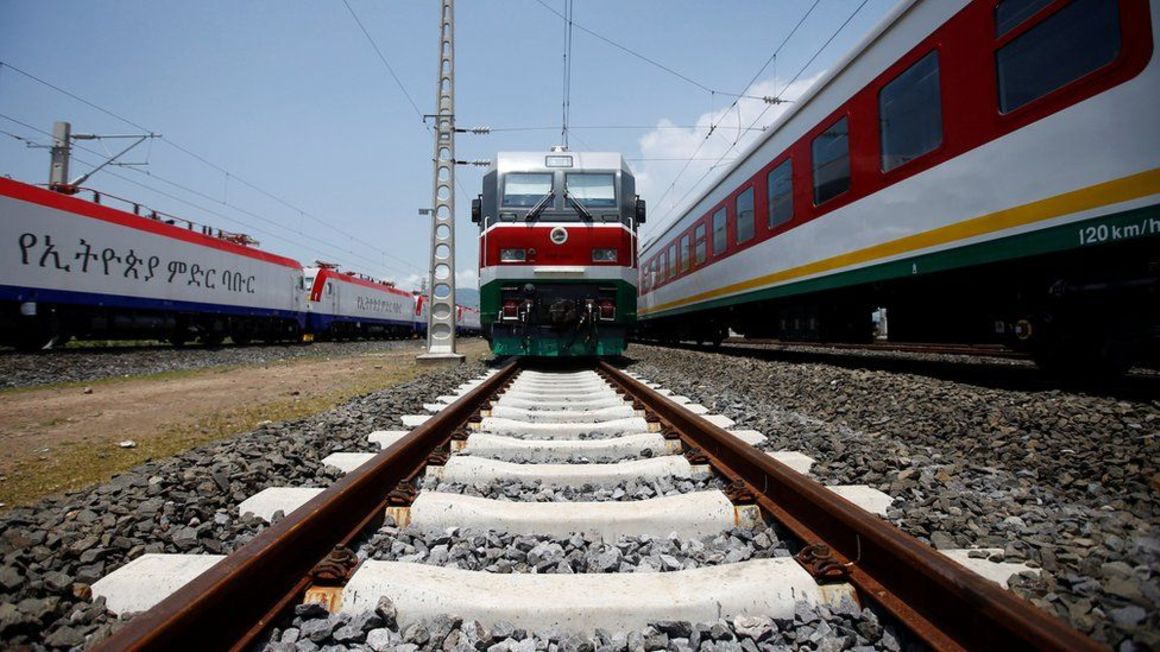
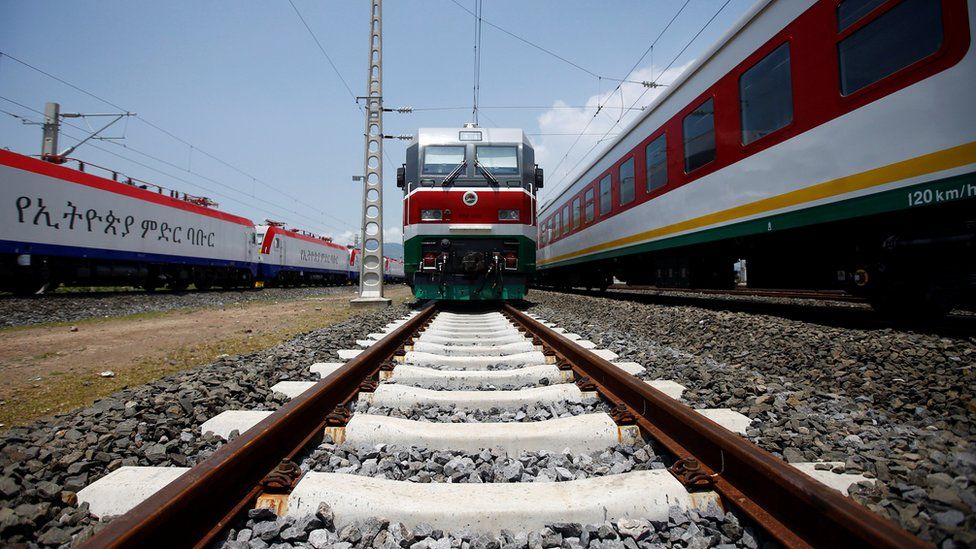
This is huge!